Best Single Board Computer For Gaming
In today's world, computers are a normal phenomenon, and that is unlikely to change any time soon unless anything dramatic occurs. Online gaming is a common trend that is coming up and when it comes to computers, players are still searching for the best single board computer for gaming.
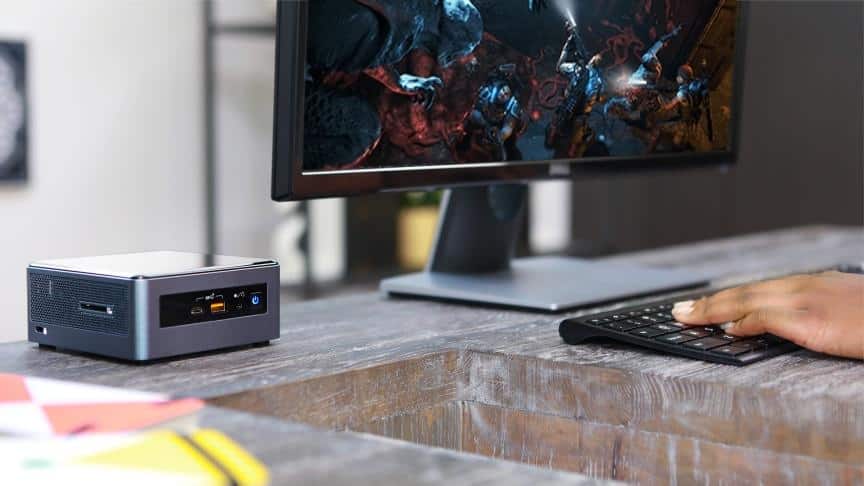
Not only because of how much cheaper they are, single-board computers save them money, but there are other great qualities as well. Even though they are continuously in use, single-board computers use much less fuel, which saves the game more than just the money spent on the machine.
They are also much smaller, so without taking up too much space, they can easily be tucked away. So a single board computer is a great investment for an individual if he/she is interested in robotics, as it is the best choice available right now.
Thus, if you are someone who is searching for the best single board computer for gaming then you have come to the right place as below I will be telling about the ten best single-board computers.
Table of Contents
- 10 BEST SINGLE BOARD COMPUTER FOR GAMING REVIEW
- Raspberry Pi 4 - MOST POWERFUL SINGLE BOARD COMPUTER FOR GAMING
- ASUS Tinker Board S - BEST SELLING SINGLE BOARD COMPUTER FOR GAMING
- NVIDIA Jetson Nano - BEST BUDGET SINGLE BOARD COMPUTER FOR GAMING
- LattePanda Development Single MotherBoard
- NVIDIA Jetson Xavier NX Developer Kit
- Youyeetoo Rock PI X
- Khadas Amlogic A311D VIM3
- Banana Pi BPI-M5
- Google Coral Dev Board Mini
- CONCLUSION
10 BEST SINGLE BOARD COMPUTER FOR GAMING REVIEW
1
Raspberry Pi 4 - MOST POWERFUL SINGLE BOARD COMPUTER FOR GAMING
Features
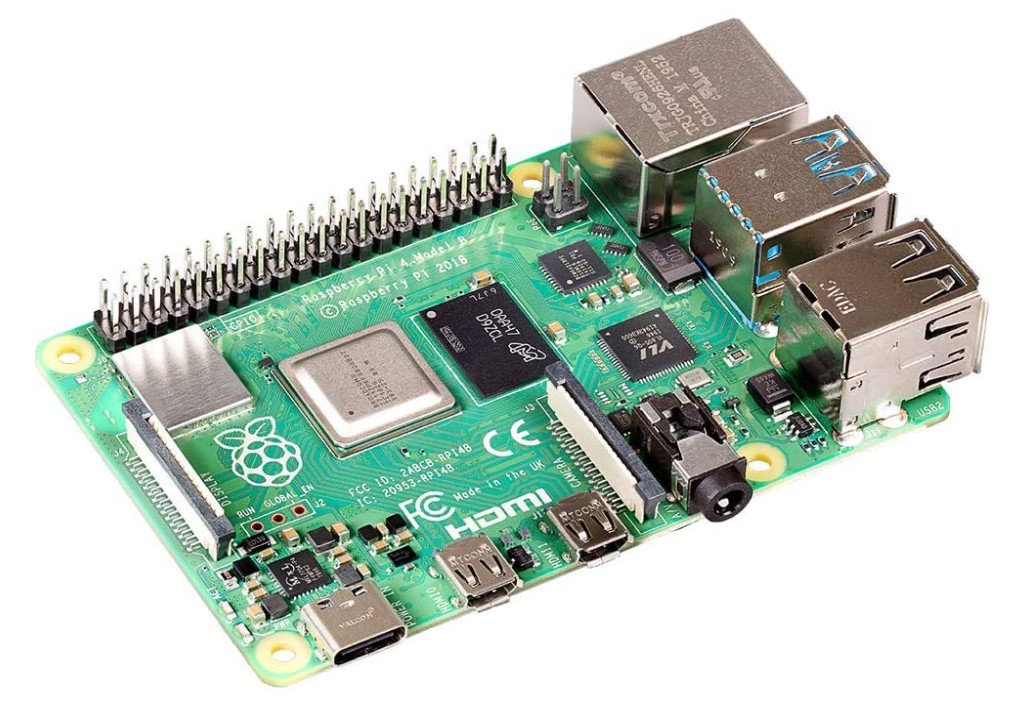
The Raspberry Pi 4 is the standard-bearer of computer creativity. This small PC holding in the palm of your hand has all the power and connectors necessary to transform it into an infinite number of technological objects.
Whether it's a Home Cinema PC capable of playing H.265 videos in 4K, a retro console to emulate the most cult games, an arcade machine, a remote-controlled robot, a management center home automation, or an ultra-compact office PC, the Raspberry Pi 4 can become anything your creativity can imagine.
It offers an unprecedented increase in processor speed, media performance, memory, and connectivity over the Raspberry Pi 3 Model B + while maintaining backward compatibility and power consumption. In addition, thanks to revision 1.3, the Raspberry Pi 4 8GB can support more memory.
The Raspberry Pi 4 features a processor ARM Cortex A72 1.5 GHz Quad-Core performance, along with 8GB RAM to ensure smooth optimal use. 2 USB 3.0 ports, 2 USB 2.0 ports, a 1 Gbps Ethernet port, WiFi 802.11 ac 2.4 / 5Ghz + Bluetooth 5.0 and a 3.5 mm 4-pin jack socket allow the Pi 4 to be connected to a multitude of peripherals.
Its dual Micro HDMI connection provides support for 2 4K screens at 60 Hz simultaneously! The Raspberry Pi 4 of the supply is provided with the USB Type C. The Raspberry Pi 4 Model B offers the end-user with performance comparable to entry-level x86 PC systems.
Pros
Cons
2
ASUS Tinker Board S - BEST SELLING SINGLE BOARD COMPUTER FOR GAMING
Features

The ASUS Tinker Board S has many advantages, the most notable being the integration of 16 GB storage via an eMMC chip. Thanks to its quad-core processor, attractive performance offers enthusiasts a reliable and powerful platform to bring their ideas to life.
Thanks to this motherboard, you can easily assemble your custom system, especially with Raspberry Pi compatible components. Capable of natively decoding 4K and 24-bit audio, the onboard card 2 GB of RAM, 16 GB of eMMC storage, an HDMI 2.0 socket, 4 USB 2.0 sockets, and a Bluetooth 4.0 chip.
Equipped with a Quad-Core Rockhip RK3288 processor, the ASUS Tinker Board S enjoys better performance than conventional boards. Also incorporating 2 GB of Dual-Channel LPDDR3 memory, it features 16 GB eMMC storage memory to install your operating system. You will gain in reading and writing speed for better responsiveness. The MicroSD slot is always there if you want to expand the storage capacity. The Tinker Board S's ARM Mali-T764 GPU lets you run a wide range of activities smoothly.
The Asus Tinker Board S has many connectors. It is indeed equipped with a MIPI CSI connector for connecting a compatible screen or camera. On the network side, it has Wi-Fi b / g / n and a Gigabit Ethernet port and Bluetooth 4.0 connectivity. The Tinker Board S also has an HDMI output, a gold-plated 3.5 mm jack, and 4 USB 2.0 sockets.
The ASUS Tinker Board S is also equipped with a heat sink to be placed on the Rockchip RK3288 processor, which considerably improves heat dissipation and the stability of your nano-PC installation.
Pros
Cons
3
NVIDIA Jetson Nano - BEST BUDGET SINGLE BOARD COMPUTER FOR GAMING
FEATURES
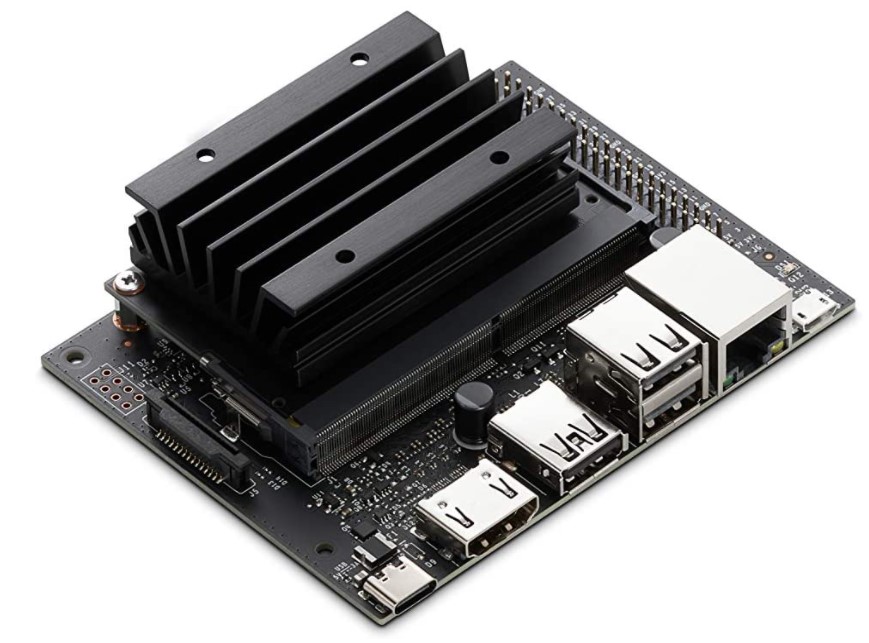
The NVIDIA Jetson Nano 2GB variant is quite similar to its older sibling Jetson Nano 4GB. The 2GB model consumes a bit of RAM but keeps a quad-core ARM A57 CPU and the same 128-core NVIDIA Maxwell-based GPU. Therefore, processing power shouldn't take a hit. Although, multi-tasking in the GUI (graphical user interface) based tasks might be sightly decrease.
The Jetson Nano 2GB can be seen as a GPU-doped Raspberry Pi. According to NVIDIA, Jetson Nano 2GB is ideal for learning, building, and teaching AI and robotics. The board comes with a Linux environment, NVIDIA CUDA-X tools, tutorials, and community-created open source projects.
The Jetson Nano 2 GB only has one USB 3.0 port and two USB 2.0 ports, compared to 4 USB 3.0 ports for its big sister. It has an HDMI output but without a Display Port. On the other hand, it integrates Wi-Fi, which its big sister does not have. Note: the power supply now goes through a USB C port instead of a proprietary connector.
Pros
Cons
4
LattePanda Development Single MotherBoard
Features
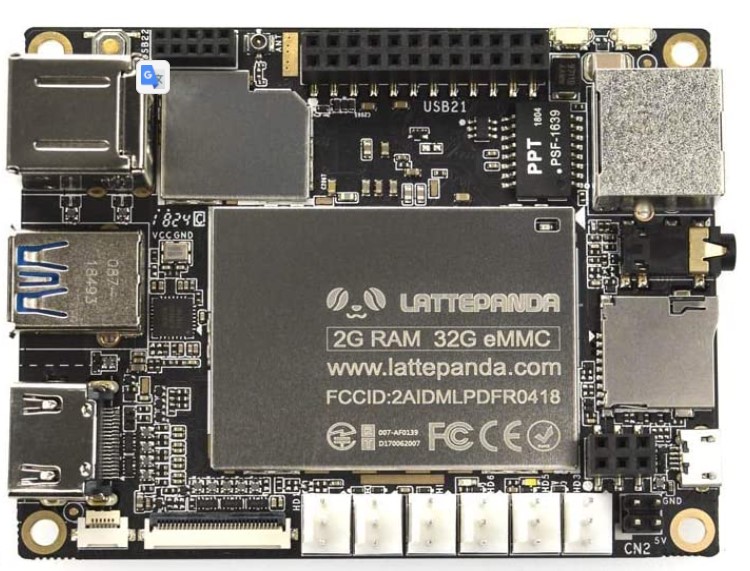
LattePanda is a complete single-board computer solution. Almost everything you can do with a "normal" PC can be done with this LattePanda board, and most PC accessories are also compatible. It comes with pre-installed Windows 10 Home Edition , so you can run powerful tools like Visual Studio, NodeJS, Java, and more. Using the existing APIs, you can develop your own hardware and software projects on a LattePanda.
The LattePanda development board is an Arduino-compatible single board computer. It works under Windows 10 Home Edition 32 bits (with the included license) installed on a built-in 32 GB flash memory. The LattePanda works on the basis of Intel ATOM X5-Z8300 with 2 GB of RAM memory. Whether you are a IoT Developer, Windows Developer, Maker, DIY Ace, Interactive Designer, Robotics Genius, or Manufacturer, a LattePanda single board computer can help you in your creative process.
The LattePanda can connect to a monitor (via HDMI or MIPI-DSI port) and offers full connectivity: WiFi, Bluetooth 4.0, 2 USB 2.0 ports, USB 3.0 port, microSD port (microSD card not included), audio Jack 3.5 port, RJ45 connector, and 6 connectors for Gravity compatible sensors.
Integrated with a nifty Intel Atom X5-Z8300 and an ATmega32U4 processor chip, the LattePanda can also function as an embedded controller, drive motors, and relays. Simply connect your mouse, keyboard, and an HDMI or DVI-D monitor input, and you are all set to roll.
Pros
Cons
5
NVIDIA Jetson Xavier NX Developer Kit
FEATURES
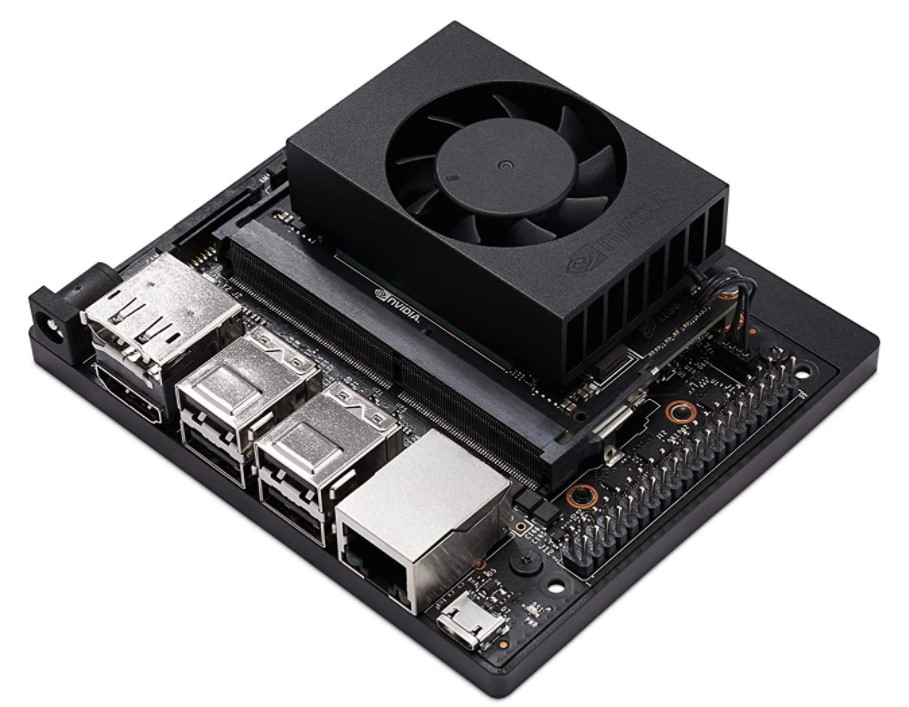
Nvidia offers a new variation with Jetson Xavier NX, which takes advantage of a very Compact credit card type (70 x 45 mm) to provide a processing capacity of 21 TOPS with only 15 Watts of power. It can even go down to 10 Watts for a processing capacity of 14 TOPS and remains intended to process artificial intelligence workloads, with the ability to run several neural networks in parallel or to process the flows of several high sensors simultaneously.
Therefore, it will be ideal for embedded systems and Edge AI (artificial intelligence at the edge of the network bringing processing power near the terminals). It takes advantage of the same CUDA-X AI software layer used by the whole family. Jetson. It is also compatible with the Nvidia JetPack SDK, allowing the creation of complete artificial intelligence.
The configuration of Jetson Xavier NX is based on a 64-Bit hexacore CPU and an Nvidia Volta GPU with 384 CUDA cores, 48 Tensor Cores and 2 NVDLA ( Nvidia Deep Learning Accelerator ), associated with 8 GB of LPDDR4x RAM, with Gigabit Ethernet connectivity and all working with an Ubuntu system.
Pros
Cons
6
Youyeetoo Rock PI X
FEATURES
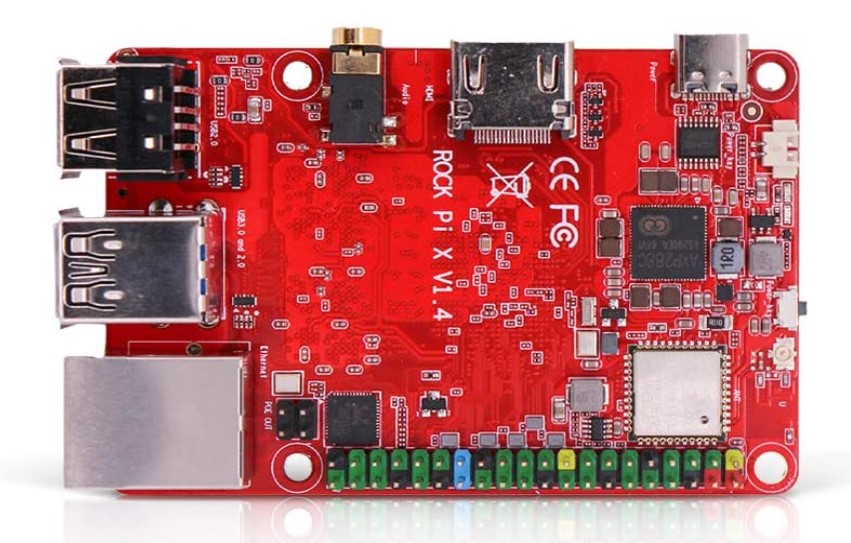
The Rock Pi X is equipped with the quadcore Atom x5-Z8350 and available with 1, 2, or 4 GB LPDDR3 SDRAM, without or with WiFi (Model A, B) and 16 to 128 GB eMMC as storage.
We recommend you use a USB-C power supply with Quick Charge the Rock Pi X. If necessary, you can also operate the Rock Pi X with a 3 amp USB-C power supply, but that will run you in trouble you connect USB devices that require a lot of energy.
While the Raspberry Pi 4 can drive two 4K screens at 60 Hz simultaneously, the Rock Pi X achieves a maximum of 60 Hz full-HD via HDMI. Some connections you know from the Raspberry Pi, such as CSI (camera) and DSI (screen), are missing. PCI Express and SATA are also not available, and there is only one USB 3.0 port.
The Rock Pi X Model B reached a maximum of 40 Mbit / s via WiFi. Intel mentions a Scenario Design Power (SDP) of 2 watts for the Atom, but the chip consumes significantly more energy for a short period. That is why it works better with a cooler, which can be purchased separately.
CPU benchmarks show that the Atom x5-Z8350 keeps up with the Raspberry Pi 4 in single-threading but that all cores together are up to 40 percent slower. The Atom only excels with encryption via AES. Full HD videos from YouTube on Windows were choppy.
The eMMC storage is moderately fast, the USB 3.0 port and the network chip reach the usual speeds. The Rock Pi X is a good idea, but unfortunately, only mediocre in execution.
The Windows 10 set-up can be started from a USB stick. But with Windows, we had driver problems. Despite updating repeatedly, we still saw a lot of unknown devices. Most drivers are in a zip archive on the Radxa server.
Pros
Cons
7
Khadas Amlogic A311D VIM3
FEATURES
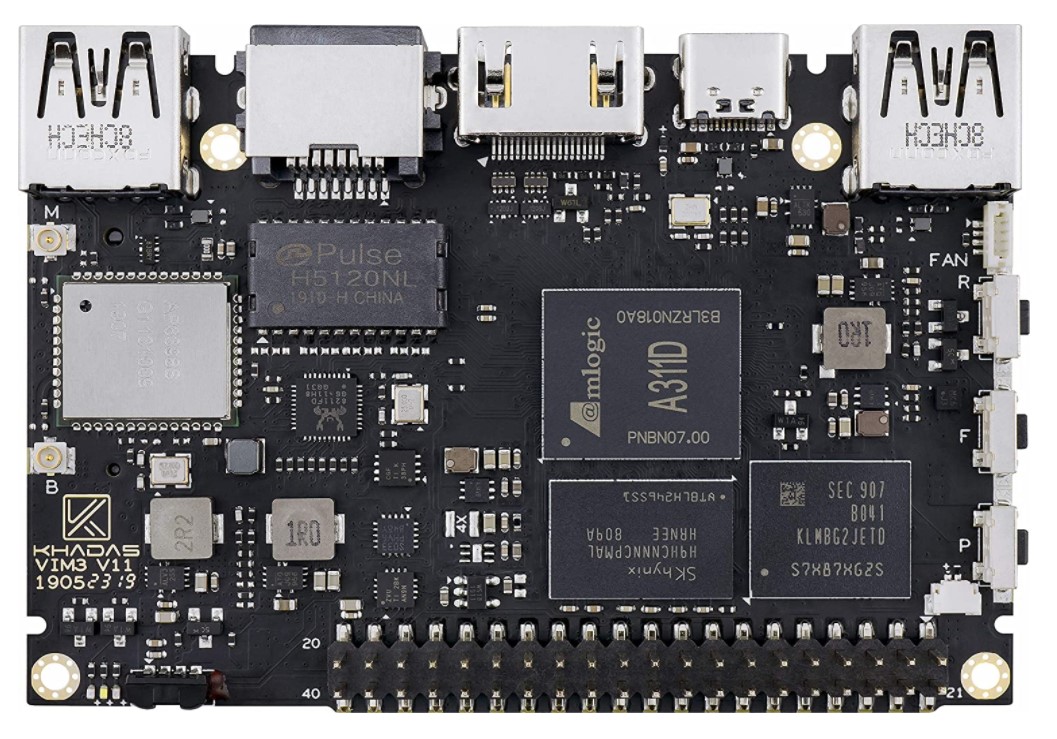
The VIM3 Single Board Computer (SBC) is the latest addition to Khadas' popular VIM series. It has a powerful Amlogic A311D SoC. Four Cortex®-A73 (2.2 GHz) performance cores and two Cortex-A53 (1.8 GHz) performance cores are fused into a Hexa-core (six-core) configuration and fabricated with a 12nm process to optimize thermal and electrical performance and efficiency.
The VIM3 is designed with the same form factor as the VIM2 and VIM1 devices. The size is similar to a credit card moreover fits perfectly into Khadas' DIY kit. Although small in size, the VIM3 is competitively priced with a full range of features already built-in.
Digital signage developers have a programmable microcontroller, MIPI-CSI for two cameras, real-time clock, Wake-on-LAN functionality, and 3-axis G-sensor to detect orientation signage during the design process. The M2X expansion card has an NVMe SSD slot, a PoE (Power-over-Ethernet) power supply, a 100 Mbit Ethernet module, a 4G module slot, a Nano-SIM slot, and GPIOs.
The SBC VIM3 goes above and beyond what the original VIM models have to offer. It has a built-in 5.0 TOPS Neural Processing Unit (NPU) for neural network applications, an M.2 slot for NVMe SSDs, switching between PCIe® and USB 3.0 interfaces via Khadas KBI commands, as well as a USB-C® port with a 5V to 20V USB-PD input.
Pros
Cons
8
Banana Pi BPI-M5
FEATURES
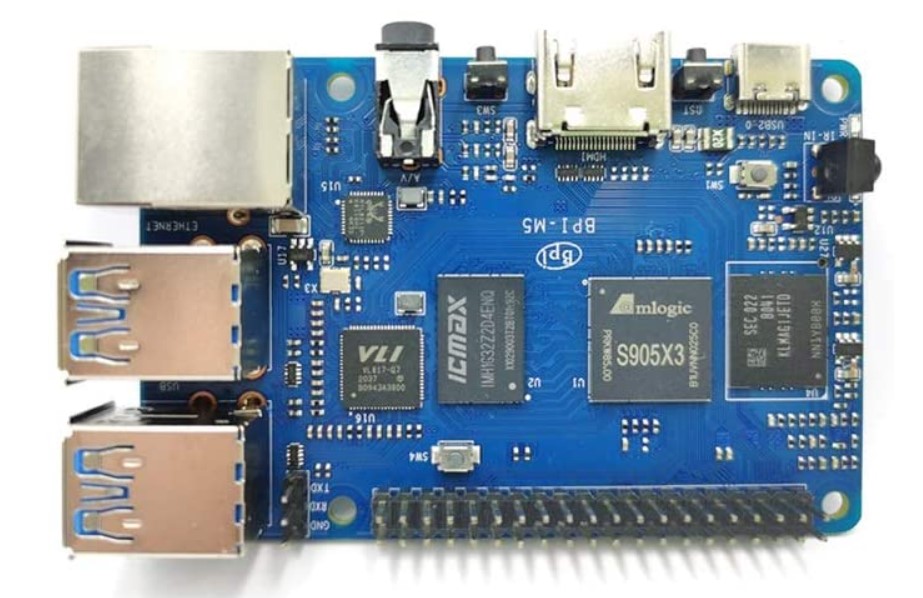
Banana Pi BPI-M5 is a new computer as small as a bank card is proving to be a major competitor for the Raspberry Pi 4. The Amlogic S905X3 is a quad-core Arm Cortex A55 processor, comparable to the Pi 4 onboard chip, especially when both are overclocked. The Banana Pi also has 4GB of RAM, which puts it at a similar price point to the Pi's 4GB variant.
The 40-pin headers for general purpose GPIO I/O, port configuration, and MicroSD card slot are also familiar. Things are different with the addition of built-in eMMC storage. The 16GB chip can be used as a stable boot drive or mountable drive for a traditional MicroSD card boot setup.
In addition to offering 16 GB of eMMC flash storage soldered to the board (64 GB max), the Banana Pi BPI-M5 has an Amlogic S905X3 SoC, which includes an Arm Cortex-A55 processor clocked at 2 GHz and a GPU -G31 MP2 operating at 650 MHz. As if offering integrated eMMC storage was not enough, a micro SD card slot is planned. The latter has a maximum capacity of 256 GB.
The HDMI 2.1 port delivers 4K video rendering at 60 frames per second. The Banana Pi BPI-M5 includes an Ethernet socket with a maximum speed of 1000 Mb / s. The set weighs less than 50 g and requires a 5V 3A power supply via USB Type-C. You can use Android or Linux as the operating system. Unfortunately, the price of the card has not yet been communicated.
Pros
Cons
9
Google Coral Dev Board Mini
FEATURES
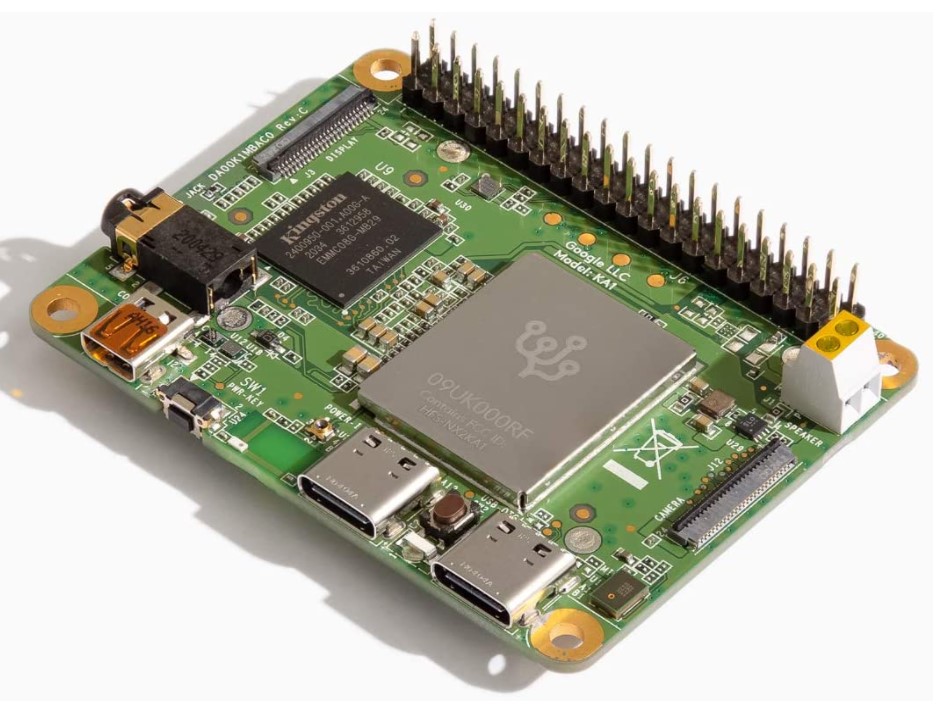
Google's Coral Dev Board Mini is an ultra-compact single-board computer designed for on-device machine learning projects. The main feature of Coral hardware is Google's TPU Edge coprocessor. The Dev Board Mini operates at the same four TOPS tera operations per second as the original Coral Dev board and will work just as well with Google's TensorFlow Lite framework for learning.
It has a slightly less powerful processor in the MediaTek MT8167S Quad-Core Arm Cortex A35 clocked at 1.3 GHz. This is somewhat offset by 2 GB of RAM, which is double what came with the original Coral Dev Board. Beyond that, things are very similar. It shares 8GB eMMC flash memory, Wi-Fi and Bluetooth connectivity, and audio capabilities from the previous development board.
An on-board microphone is joined by a 3.5mm audio jack, MIPI CSI2 four-lane camera port, two-pin speaker terminal, MIPI DSI four-lane display port, micro-HDMI output, and a Raspberry Pi-compatible general-purpose I/O (GPIO) header — plus two USB 2.0 Type-C connectors for power and peripherals.
Pros
Cons
CONCLUSION
Therefore, if you are looking to get the best single board computer for gaming, I would recommend buying "Apple Mac Mini with Apple M1 Chip" because it offers 3x faster performance and is also inexpensive compared to other items from Apple.
On the other hand, I would suggest the ASUS Chromebox I3 Mini PC if you want to buy these computers for general purposes. Otherwise, choose the one which satisfies your expectations. Hope this article helps!
